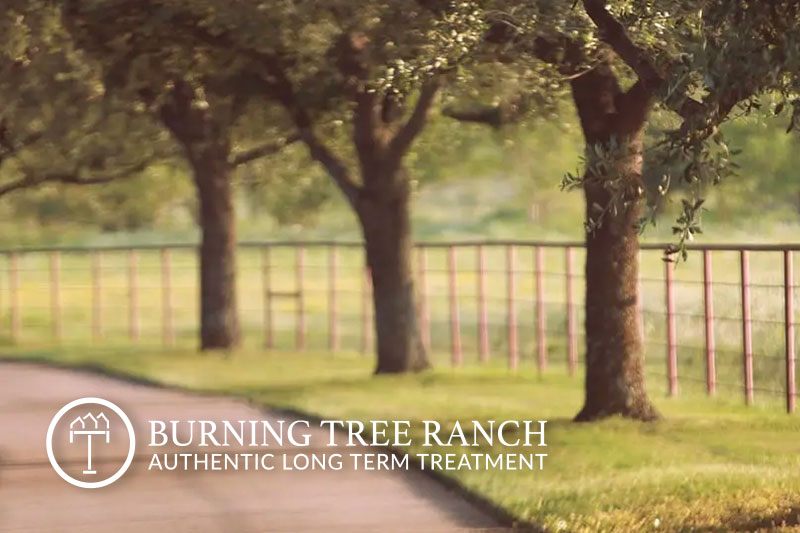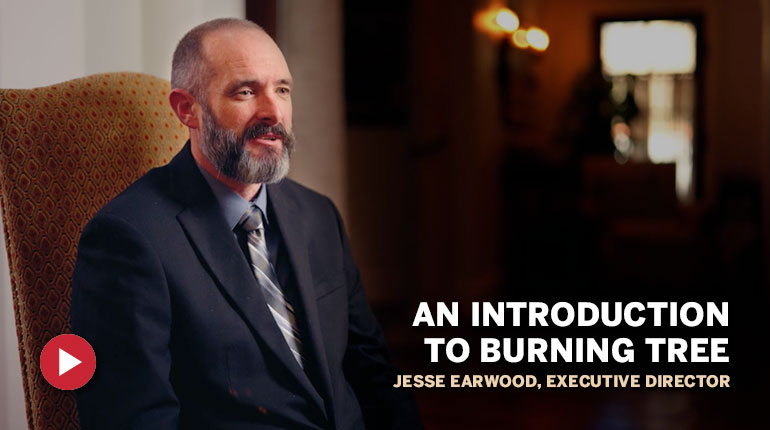Post Traumatic Stress Disorder & Substance Abuse in a Dual Diagnosis
The link between PTSD and addiction demands an integrated, compassionate approach to treatment. Highlighting the need for early intervention and specialized care, this relationship underscores the importance of addressing both trauma and substance use to foster recovery and improve quality of life.
Post-Traumatic Stress Disorder (PTSD): A DSM-5 Overview
The DSM-5 (Diagnostic and Statistical Manual of Mental Disorders, Fifth Edition) identifies Post-Traumatic Stress Disorder (PTSD) with specific criteria centered around the individual’s exposure to traumatic events and the subsequent psychological response. Here are key facts, data, and insights about the DSM-5’s description of PTSD, including information on who it affects, differences by sex and gender, and considerations regarding age:

DSM-5 Criteria for PTSD
Exposure to Trauma
Directly experiencing, witnessing, or learning about a traumatic event involving a close relative or friend or experiencing repeated or extreme exposure to aversive details of traumatic events.
Intrusion Symptoms
Recurrent, involuntary, and intrusive distressing memories of the traumatic event(s), distressing dreams, dissociative reactions (flashbacks), intense psychological distress, or physiological reactions to cues resembling an aspect of the traumatic events.
Avoidance
Persistent avoidance of stimuli associated with the traumatic event(s), including avoidance of memories, thoughts, feelings, or external reminders.
Negative Alterations in Cognitions and Mood
Marked alterations in the individual's cognitions and mood associated with the traumatic event(s), such as inability to remember an essential aspect of the trauma, persistent and exaggerated negative beliefs, persistent negative emotional state, diminished interest in significant activities, feelings of detachment, or persistent inability to experience positive emotions.
Alterations in Arousal and Reactivity
Marked alterations in arousal and reactivity associated with the traumatic event(s), indicated by irritable behavior and angry outbursts, reckless or self-destructive behavior, hyper-vigilance, exaggerated startle response, concentration problems, or sleep disturbance.
Duration
The disturbance lasts for more than one month.
Functional Significance
The disturbance causes clinically significant distress or impairment in social, occupational, or other important areas of functioning.
Not Attributable to Substance Use or Another Medical Condition.
Who's Affected by PTSD?
PTSD can affect anyone who has been exposed to a traumatic event. Still, some groups are at higher risk due to their occupation (e.g., military personnel, first responders) or exposure to specific life experiences (e.g., survivors of assault, accidents, disasters).
Sex and Gender Considerations
- Prevalence: PTSD is more commonly diagnosed in women than men. Studies suggest that while men are more likely to experience trauma, women have a higher risk of developing PTSD following trauma.
- Symptoms and Response: Women may be more likely to experience symptoms like anxiety and depression, while men may show more externalizing behaviors, such as aggression and substance abuse.
Age Considerations
Children and Adolescents: PTSD can manifest differently in children and adolescents compared to adults. Younger children may exhibit symptoms like a re-enactment of the trauma in play, while adolescents may display behaviors more similar to adult PTSD.
Elderly: Older adults can experience PTSD, often related to traumas experienced earlier in life or due to new traumatic experiences like health emergencies or the loss of loved ones.
Important Insights
- Treatment: Effective treatments include psychotherapy (e.g., cognitive-behavioral therapy, EMDR) and, in some cases, medication. Early intervention and tailored treatment plans are critical.
- Comorbidity: PTSD often co-occurs with other mental health disorders, including depression, anxiety, and substance use disorders, highlighting the need for comprehensive assessment and treatment.
Recognizing the Signs: Understanding PTSD in Those Around Us
Deliberate efforts to avoid thoughts, feelings, conversations, places, people, and activities that remind them of the traumatic event, which might seem like withdrawal or a sudden loss of interest in previously enjoyed activities.
Intrusive Thoughts or Memories
Noticeable distress when reminded of the trauma, which could include sudden, intense emotional reactions to events that recall the trauma.
Flashbacks and Nightmares
Episodes where the person seems to relive the trauma, showing signs of fear, panic, or distress; this can also include distressing dreams related to the event.
Avoidance Behavior
Deliberate efforts to avoid thoughts, feelings, conversations, places, people, and activities that remind them of the traumatic event, which might seem like withdrawal or a sudden loss of interest in previously enjoyed activities.
Hyperarousal
Signs of being overly alert or on edge, such as jumpiness at sudden noises, irritability, anger outbursts, difficulty sleeping, and concentration problems.
Negative Changes in Thoughts and Mood
Expressions of feelings of hopelessness, negativity about themselves or the world, memory problems, especially about the traumatic event, and difficulty maintaining close relationships.
Emotional Numbing
Difficulty experiencing positive emotions; appearing distant, detached, or emotionally flat.
Self-destructive Behavior
Engaging in risky or self-destructive activities, such as substance abuse, reckless driving, or self-harm.
Physical Symptoms
Complaints of unexplained physical symptoms, such as headaches, stomach aches, or other stress-related physical reactions.
Social Withdrawal
Pulling away from friends, family, and social activities, which may initially seem like the person is merely introverted or prefers solitude.
Changes in Performance
Decline in performance at work or school, which may be due to concentration issues, sleep disturbances, or other symptoms impacting their ability to function.
It’s important to remember that PTSD symptoms can vary widely among individuals, and not everyone with PTSD will exhibit all these signs. Observing these symptoms persistently in someone could indicate they are struggling with PTSD, and they may benefit from professional support and treatment. Compassion, understanding, and encouragement to seek help can significantly impact their recovery journey.
The Intersection of Trauma and Substance Use: Understanding PTSD-Related Addiction
The prevalence of addiction among individuals with Post-Traumatic Stress Disorder (PTSD) is notably higher than in the general population. This increased rate of substance use disorders (SUDs) among those with PTSD is well-documented across various studies and reports. Here are some key points supported by research findings:
- Increased Risk: Individuals with PTSD are significantly more likely to develop substance use disorders. Research suggests that people with PTSD are two to four times more likely to battle addiction to alcohol or drugs compared to those without PTSD.
- Alcohol Use: Alcohol is one of the most commonly abused substances among individuals with PTSD. Studies indicate that about 52% of men and 28% of women with PTSD also meet the criteria for alcohol abuse or dependence.
- Drug Use: The prevalence of drug abuse is also higher in individuals with PTSD. Approximately 35% of men and 27% of women with PTSD meet the criteria for drug abuse or dependence.
- Self-Medication Hypothesis: Many individuals with PTSD may turn to substances as a form of self-medication, attempting to alleviate the distressing symptoms of PTSD, such as anxiety, insomnia, and flashbacks. However, substance use can exacerbate PTSD symptoms and hinder effective treatment.
- Co-occurring Disorders: The co-occurrence of PTSD and SUDs complicates the clinical picture and often requires integrated treatment approaches that address both conditions simultaneously for effective outcomes.
- Veteran Population: The prevalence of PTSD and substance use disorders is exceptionally high among military veterans. Data from the U.S. Department of Veterans Affairs indicates that more than 2 out of 10 veterans with PTSD also have a SUD and nearly 1 out of every 3 veterans seeking treatment for SUD also has PTSD.
- Treatment and Recovery: Effective treatment for individuals with co-occurring PTSD and substance use disorders often involves a combination of psychotherapy (such as Cognitive Behavioral Therapy and Prolonged Exposure Therapy), medication management, and support groups. Integrated treatment models that address both PTSD and substance use simultaneously show promise in improving treatment outcomes.
These findings highlight the critical need for awareness, early intervention, and tailored treatment strategies for individuals with PTSD to address both the traumatic stress symptoms and the potential for substance use disorders. The relationship between PTSD and addiction underscores the importance of comprehensive care that tackles the complexities of co-occurring disorders.

Sources:
- U.S. Department of Veterans Affairs, National Center for PTSD.
- Jacobsen, L.K., Southwick, S.M., & Kosten, T.R. (2001). Substance use disorders in patients with posttraumatic stress disorder: A review of the literature. The American Journal of Psychiatry, 158(8), 1184-1190.
- Pietrzak, R.H., Goldstein, R.B., Southwick, S.M., & Grant, B.F. (2011). Prevalence and Axis I comorbidity of full and partial posttraumatic stress disorder in the United States: Results from the National Epidemiologic Survey on Alcohol and Related Conditions. Journal of Anxiety Disorders, 25(3), 456-465.
These sources provide a foundation for understanding the intersection between PTSD and substance use disorders. However, it’s vital to consult current research and publications for the most up-to-date information.
Understanding and Healing: Essential Books on Overcoming Trauma
Each of these books contributes valuable insights into the nature of depressive disorders, offering hope, understanding, and paths toward healing for those affected. These books offer valuable perspectives and methodologies for understanding, coping with, and healing from PTSD, providing resources for both survivors and those seeking to support them.
"The Body Keeps the Score: Brain, Mind, and Body in the Healing of Trauma"
by Bessel van der Kolk
This book delves into how trauma reshapes both body and brain, compromising sufferers’ capacities for pleasure, engagement, self-control, and trust. It offers a new understanding of the nature of trauma and pathways to recovery.
"Waking the Tiger: Healing Trauma"
by Peter A. Levine
The author offers a hopeful perspective on trauma based on his research and therapeutic work. He introduces the concept of "body memory," proposing that the body holds onto past traumas which can be healed through somatic experiencing.
"Trauma and Recovery: The Aftermath of Violence--From Domestic Abuse to Political Terror"
by Judith Herman
Herman’s seminal work explores the parallel between private terrors such as domestic violence and public traumas such as war. The book maps a recovery process for survivors and reshapes the understanding of trauma and its impact.
"The PTSD Workbook: Simple, Effective Techniques for Overcoming Traumatic Stress Symptoms"
by Mary Beth Williams and Soili Poijula
This practical workbook offers readers a wealth of effective strategies and tools to manage trauma and PTSD symptoms, encouraging active participation in personal healing processes.
"Healing from Trauma: A Survivor's Guide to Understanding Your Symptoms and Reclaiming Your Life"
by Jasmin Lee Cori
Written by a licensed psychotherapist and trauma survivor, this book provides insights into the effects of trauma and provides a guide for survivors looking to understand their symptoms and start the journey toward healing.
Fostering Recovery for PTSD
Final Words for Families Considering Long-Term Treatment
The link between PTSD and addiction demands an integrated, compassionate approach to treatment. Highlighting the need for early intervention and specialized care, this relationship underscores the importance of addressing both trauma and substance use to foster recovery and improve quality of life.





